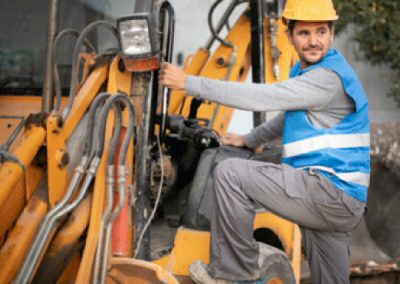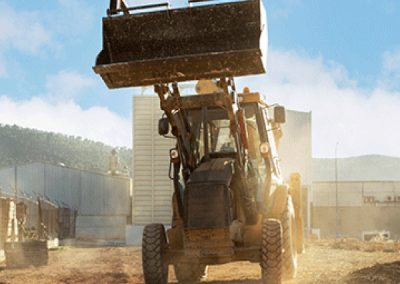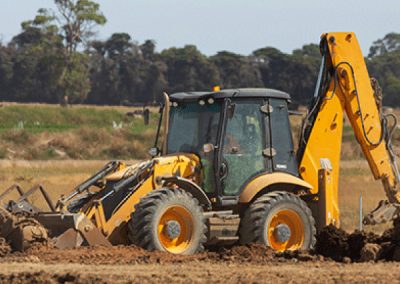UNEARTHING THE PAST: EXCAVATIONS IN SYDNEY
Sydney, with its rich history and diverse landscape, holds numerous untold stories buried beneath its surface. Excavations in Sydney have become a vital aspect of understanding the city’s past and preserving its cultural heritage. Through professional excavation services in Sydney, archaeologists, developers, and construction experts work hand in hand to uncover fascinating artifacts, historical sites, and ancient mysteries hidden beneath the layers of time.
For these excavation projects, specialized equipment is essential, and that’s where excavator hire Sydney services come into play. State-of-the-art excavators are employed to carefully and efficiently dig deep into the earth, allowing experts to unearth historical treasures while ensuring the integrity of the surrounding environment.
EXCAVATIONS IN SYDNEY
Whether it’s exploring Aboriginal heritage, excavating colonial settlements, or preserving industrial relics, excavator hire services in Sydney play a crucial role in the success of such projects. The versatility and power of modern excavators enable the delicate handling of archaeological sites, enabling researchers to gather valuable data and artifacts that provide insights into Sydney’s rich past.
Moreover, excavator hire services in Sydney also contribute to contemporary urban development. As the city evolves and new construction projects take shape, these excavators are called upon to prepare sites, clear debris, and excavate foundations. Even in the midst of modern progress, the significance of excavation in understanding and honoring Sydney’s heritage remains unwavering.
Professional excavator hire companies in Sydney offer a range of excavators suited for various types of excavations, ensuring that each project is approached with precision and efficiency. These services are not limited to large-scale projects alone; they cater to a wide array of excavation needs, including residential and commercial undertakings.
THE SIGNIFICANCE OF EXCAVATIONS IN SYDNEY
Excavations in Sydney serve as a powerful tool for unearthing the city’s hidden historical treasures and are instrumental in shaping our understanding of its past. Through the careful and systematic process of digging, researchers and archaeologists can peel back the layers of time, revealing valuable insights into the diverse cultural tapestry that forms the foundation of Sydney’s identity.
One of the most significant contributions of excavations in Sydney is in shedding light on the ancient Aboriginal cultures that once thrived in the region. These excavations have unearthed various artifacts, rock engravings, and burial sites that offer glimpses into the rich spiritual, cultural, and social lives of the Aboriginal communities that inhabited the land long before European settlement. By piecing together these archaeological findings, we gain a deeper appreciation for the profound connections between the land and its first inhabitants, unraveling stories that span thousands of years.
Furthermore, excavations also delve into the origins of early European settlements in Sydney. The remnants of convict settlements, early structures, and artifacts reveal the struggles, triumphs, and hardships of the first European settlers who established communities in this new and challenging frontier. The insights gained from these excavations allow us to reconstruct the daily lives, societal structures, and interactions of those who laid the groundwork for the modern city we know today.
Additionally, excavations offer a window into Sydney’s industrial past, allowing us to trace the development of its economy and infrastructure over time. From remnants of factories and wharves to industrial machinery, these discoveries provide valuable data on the growth and evolution of various industries that shaped the city. Understanding Sydney’s industrial heritage is vital for appreciating its journey from a small colonial outpost to a thriving global metropolis.
Beyond the realms of history and research, the information derived from excavations plays a pivotal role in urban planning and development. Urban planners draw on the findings to make informed decisions about preserving heritage sites, integrating historical elements into modern architecture, and ensuring sustainable development that respects the city’s past while accommodating its future.
UNVEILING ABORIGINAL HERITAGE
Sydney’s history is a tapestry woven with threads of thousands of years, with its roots extending far beyond the arrival of European settlers. Before the bustling metropolis emerged, the land was home to vibrant and thriving Aboriginal communities who lived in harmony with the natural environment for countless generations. Excavations in Sydney have provided an opportunity to reconnect with this ancient past and gain invaluable insights into the lives and customs of the area’s traditional custodians.
Uncovering artifacts from Aboriginal settlements offers a fascinating glimpse into the daily lives of these early inhabitants. Stone tools, hunting implements, and pottery fragments are just some of the discoveries that shed light on the resourcefulness and ingenuity of these ancient communities. Each artifact holds a story, offering clues about their practices, trade networks, and technological advancements that allowed them to flourish in this diverse landscape.
Perhaps even more awe-inspiring are the rock engravings that have been found in various sites across Sydney. These ancient works of art, carved into sandstone cliffs and cave walls, depict intricate patterns, animals, and dreamtime stories passed down through generations. Each engraving is a testament to the deep spiritual connection the Aboriginal people had with the land and their profound understanding of the natural world around them.
Excavations have also revealed burial sites, which provide poignant insights into the spiritual and cultural beliefs of the Aboriginal communities. The manner in which the deceased were laid to rest, the objects buried alongside them, and the rituals performed reflect the profound reverence and respect these communities held for their ancestors and the afterlife.
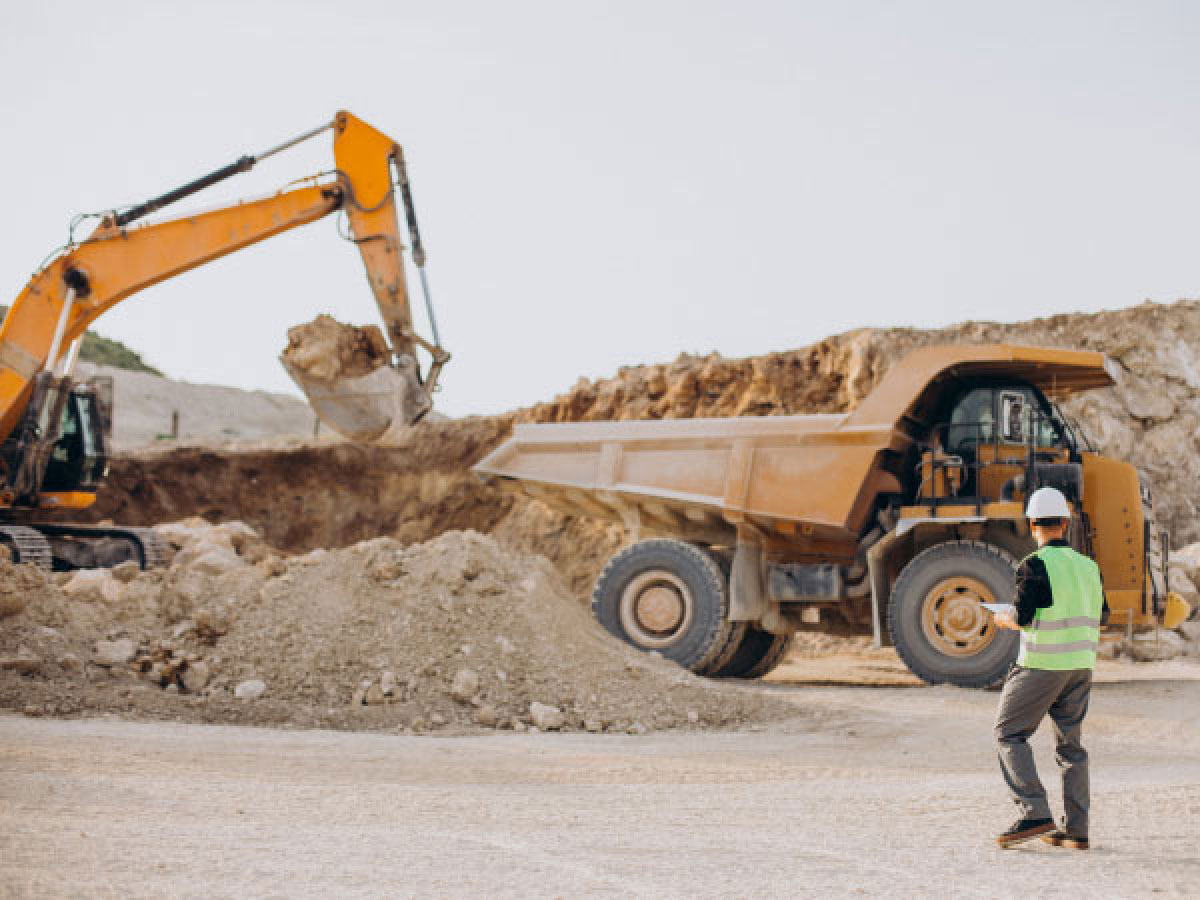
These burial grounds are sacred sites, and their discovery allows us to honor the rich heritage of the traditional custodians.
Furthermore, the findings from these excavations highlight the complexities of the Aboriginal communities that once thrived in Sydney. Archaeologists have uncovered evidence of trade interactions with neighbouring communities, indicating a sophisticated network of exchange and cooperation that extended beyond geographical boundaries.
In essence, excavations in Sydney offer more than just historical data; they serve as a bridge between the past and the present, connecting us with the heritage of the Aboriginal custodians of the land. Through these discoveries, we gain a deeper appreciation for the resilience, wisdom, and cultural richness of the Aboriginal peoples who have played an integral role in shaping the identity of Sydney and the broader Australian nation. By preserving and learning from their legacy, we can ensure that their stories continue to be told and respected for generations to come.
EXPLORING COLONIAL SETTLEMENTS
The colonial era in Sydney represents a pivotal period in its history, where the arrival of European settlers brought about profound changes to the landscape, culture, and society. Excavations have played a crucial role in unearthing remnants of this era, providing a window into the lives of the first European inhabitants and their struggles as they laid the foundations of what would become modern-day Australia.
One of the most significant discoveries from these excavations is the remains of convict settlements. Sydney was initially established as a British penal colony, and excavations have revealed the physical traces of these early settlements. From the layout of buildings and structures to everyday objects used by convicts, each find contributes to a more comprehensive understanding of the challenges and hardships faced by those who were forcibly transported to this distant land.
The excavations have also revealed early structures that showcase the architectural styles and building techniques of the time. From humble dwellings to government buildings, these structures provide insights into the efforts made by the early settlers to establish a sense of permanence and order in their new environment. The remains of these structures offer a tangible link to the past, allowing us to envision the colonial landscape and the transformation of Sydney’s skyline over time.
Moreover, artifacts recovered from the excavations offer glimpses into the daily lives of the first European inhabitants. Personal items, tools, and household objects provide clues about the routines, occupations, and domestic activities of the early settlers. These findings paint a vivid picture of the challenges they faced and the resourcefulness required to adapt to a new and often harsh environment.
Excavations have also helped uncover evidence of the struggles and conflicts that shaped Australia’s formative years. Through the study of military sites, fortifications, and battle relics, researchers have been able to piece together the stories of conflicts between early settlers, convicts, and Aboriginal communities. Understanding these aspects of colonial history fosters a more nuanced comprehension of the complexities and tensions that arose during this transformative period.
Excavations in Sydney offer invaluable insights into the colonial era, enabling us to reconstruct the lives of the first European inhabitants and the impact they had on shaping the city’s identity. By unearthing the remains of convict settlements, early structures, and artifacts, we gain a deeper appreciation for the struggles, aspirations, and contributions of those who played a crucial role in laying the groundwork for modern-day Australia. These archaeological discoveries not only enrich our understanding of the past but also contribute to preserving and commemorating the diverse and multifaceted heritage that forms the bedrock of Sydney’s history.
PRESERVING INDUSTRIAL HERITAGE
As Sydney evolved from a colonial outpost to a bustling metropolis, industries played a pivotal role in shaping its urban landscape and driving economic growth. Excavations around former industrial sites have offered a fascinating glimpse into the city’s industrial past, unearthing relics of factories, wharves, and machinery that stand as tangible connections to its vibrant industrial heritage.
The remains of factories discovered through excavations provide valuable insights into the types of industries that once thrived in Sydney. From textile mills to iron foundries, these sites tell stories of innovation, labor, and entrepreneurship that contributed to the city’s development. The artifacts and equipment found within these industrial ruins shed light on the manufacturing processes, technological advancements, and skilled craftsmanship that characterized Sydney’s industrial era.
The excavation of former wharves, which served as crucial hubs for maritime trade and transportation, has also revealed a wealth of historical information. Wharves were essential for importing raw materials and exporting finished goods, making them key players in Sydney’s economic prosperity. The artifacts and structures found at these sites provide valuable context for understanding the bustling trade networks and maritime activities that fueled the city’s growth.
Furthermore, the excavation of industrial machinery provides a fascinating glimpse into the technological advancements that revolutionized various industries in Sydney.
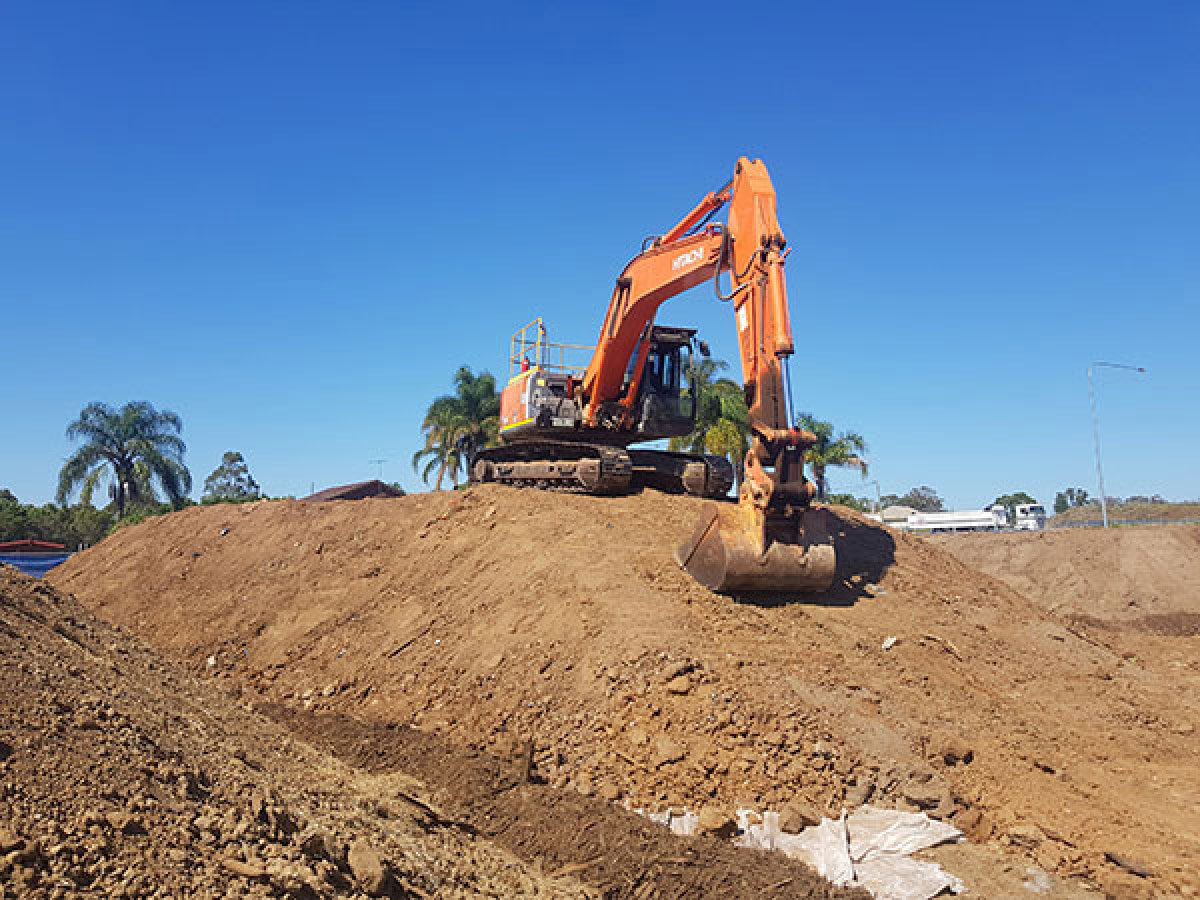
From steam-powered engines to early machinery used in manufacturing, these artifacts showcase the ingenuity and progress that occurred during the industrial revolution.
Beyond the historical significance, the excavation and preservation of former industrial sites contribute to heritage conservation efforts in Sydney. By safeguarding these relics and incorporating them into modern urban planning, the city honors its industrial past while creating a sense of continuity between its historical roots and contemporary identity.
Moreover, repurposing former industrial sites for new purposes, such as converting old warehouses into cultural spaces or innovative hubs, showcases the city’s adaptive reuse and sustainable development practices. It allows Sydney to embrace its industrial heritage while repurposing these spaces for the needs and demands of the present and the future.
THE ROLE OF PROFESSIONAL EXCAVATION SERVICES IN SYDNEY
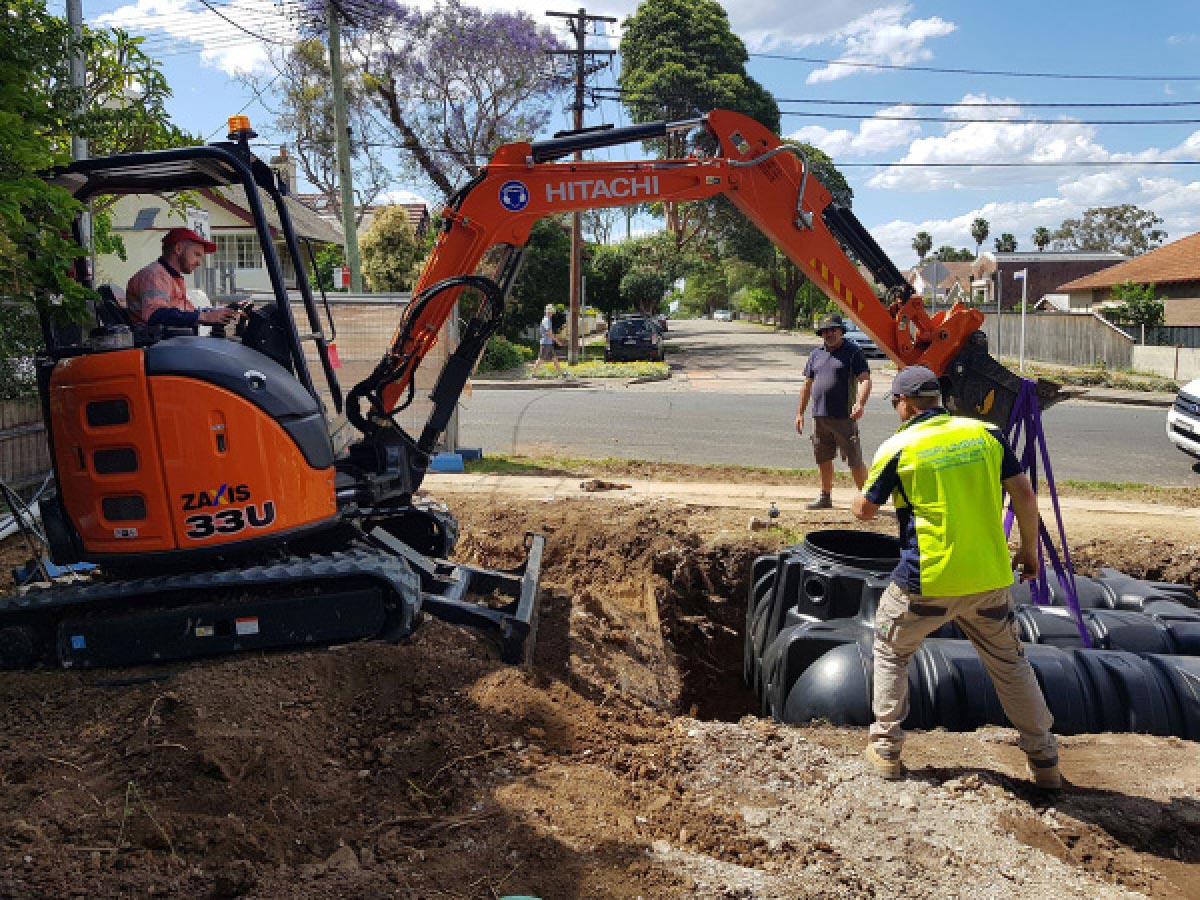
Excavation services in Sydney play a vital role in unearthing the city’s hidden historical treasures and conducting essential groundwork for various construction projects. These services are spearheaded by a team of experienced professionals who possess a wealth of knowledge and expertise in the field of archaeology and excavation.
These professionals are equipped with the latest technology and methodologies, allowing them to approach each excavation project with precision and efficiency. State-of-the-art tools such as ground-penetrating radar, 3D scanning, and remote sensing are employed to gather detailed information about the site before the physical excavation begins. This advanced approach minimizes the need for intrusive digging, ensuring that the process is both time-efficient and environmentally conscious.
Moreover, the expertise of these professionals extends beyond technical know-how.
They have a deep understanding of the historical and cultural significance of the sites they work on, recognizing that each excavation represents an opportunity to unearth priceless artifacts and historical data. Their knowledge helps them prioritize the preservation of these sites’ integrity, ensuring that the excavation process is respectful and mindful of the past.
Responsible excavation practices involve careful documentation and cataloguing of artifacts and findings. Each discovery is meticulously recorded, photographed, and analyzed to create a comprehensive historical record. This information becomes crucial for researchers, historians, and cultural institutions, enabling them to piece together the city’s past and further our understanding of its development.
Safety is paramount in excavation services, both for the professionals involved and the surrounding community. Rigorous safety protocols are followed to prevent accidents and injuries during the excavation process. This includes adhering to established guidelines for trench safety, protective gear, and site monitoring. By prioritizing safety, excavation teams ensure that their work can proceed smoothly and that potential hazards are mitigated effectively.
Environmental considerations are also central to responsible excavation services. The team takes measures to minimize the impact on the surrounding environment, wildlife, and vegetation. They may work in conjunction with environmental experts to implement best practices for preserving the ecosystem during the excavation process. By integrating environmental awareness into their work, these professionals demonstrate a commitment to sustainable practices and the overall well-being of the area.
COLLABORATIVE EFFORTS IN URBAN DEVELOPMENT
In the dynamic cityscape of Sydney, excavation projects and modern urban development are intrinsically linked, creating a harmonious synergy between the past and the future. As the city grows and evolves, excavation teams collaborate closely with architects, engineers, and city planners to ensure that historical findings are seamlessly integrated into contemporary urban spaces, enriching the city’s character and preserving its cultural heritage.
One of the primary considerations in modern urban development is the preservation and celebration of Sydney’s historical and archaeological heritage. Before new construction or infrastructure projects begin, excavation teams are engaged to survey and assess the site for any historical significance. Through meticulous excavation processes, these teams unearth valuable artifacts, foundations of historical buildings, and remnants of ancient structures.
The information gleaned from these excavations becomes an essential resource for architects and engineers as they design new buildings and developments. By incorporating the historical context of the site, architects can create structures that not only function efficiently but also pay homage to the city’s past. Integrating historical elements into modern architecture adds layers of depth and meaning to the urban landscape, fostering a unique sense of identity and continuity with the past.
Furthermore, city planners use the knowledge obtained from excavations to make informed decisions about land use and zoning regulations. Sites of archaeological significance may be designated as heritage areas or preserved as open spaces for public enjoyment and education. By striking a balance between preservation and development, city planners ensure that Sydney’s historical legacy remains accessible to both current and future generations.
Sydney’s commitment to preserving its heritage extends beyond individual construction projects. The city recognizes the value of creating historical precincts that showcase the architectural styles and cultural significance of different eras. Excavation findings play a pivotal role in identifying and defining these precincts, creating cohesive areas where historical and contemporary elements coexist in a seamless and visually appealing manner.
Collaboration between excavation teams and urban development professionals fosters a sense of shared responsibility toward the city’s heritage. Together, they work to strike a delicate balance between growth and preservation, acknowledging that historical findings are not obstacles to development but assets that contribute to the city’s allure and uniqueness.
Excavation projects and modern urban development go hand in hand, with excavation teams playing a vital role in uncovering the city’s historical treasures. Through close collaboration with architects, engineers, and city planners, these findings are seamlessly integrated into contemporary urban spaces, enriching the city’s character and preserving its cultural heritage. This commitment to harmoniously blending the past with the present reflects Sydney’s appreciation for its history and its vision for a vibrant and culturally diverse future.
CAPTIVATING EXPEDITIONS OF EXCAVATION SERVICES
Excavations in Sydney are captivating expeditions that transcend scientific endeavors, as they offer glimpses into the lives and experiences of those who came before us. These remarkable journeys through time are made possible by the diligent efforts of excavation services in Sydney, equipped with the latest technology and methodologies, including excavator hire with operator services, which streamline the excavation process.
Led by experienced professionals, excavation services in Sydney approach each project with a profound sense of purpose and reverence for the city’s historical heritage. The use of advanced tools, such as ground-penetrating radar and 3D scanning, allows for meticulous site analysis, ensuring that excavation is conducted responsibly to preserve the integrity of historical sites and artifacts.
The inclusion of excavator hire with operator services further enhances the efficiency and precision of these excavations, with skilled operators maneuvering powerful excavators to delicately uncover relics and artifacts, avoiding unnecessary disturbances to the environment.
With each discovery, excavation services in Sydney unveil chapters of the city’s past, providing invaluable insights into its diverse cultural tapestry. From unearthing ancient Aboriginal artifacts to revealing remnants of convict settlements and uncovering relics from Sydney’s industrial era, these excavations contribute to a deeper understanding of the city’s evolution over time. Through their meticulous documentation and cataloging of findings, excavation services ensure that the knowledge gained from these expeditions is preserved for future generations, fostering a profound connection between the past and the present, enriching Sydney’s identity, and igniting curiosity and appreciation for its vibrant heritage.


